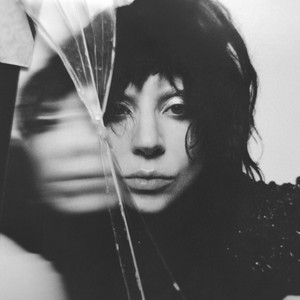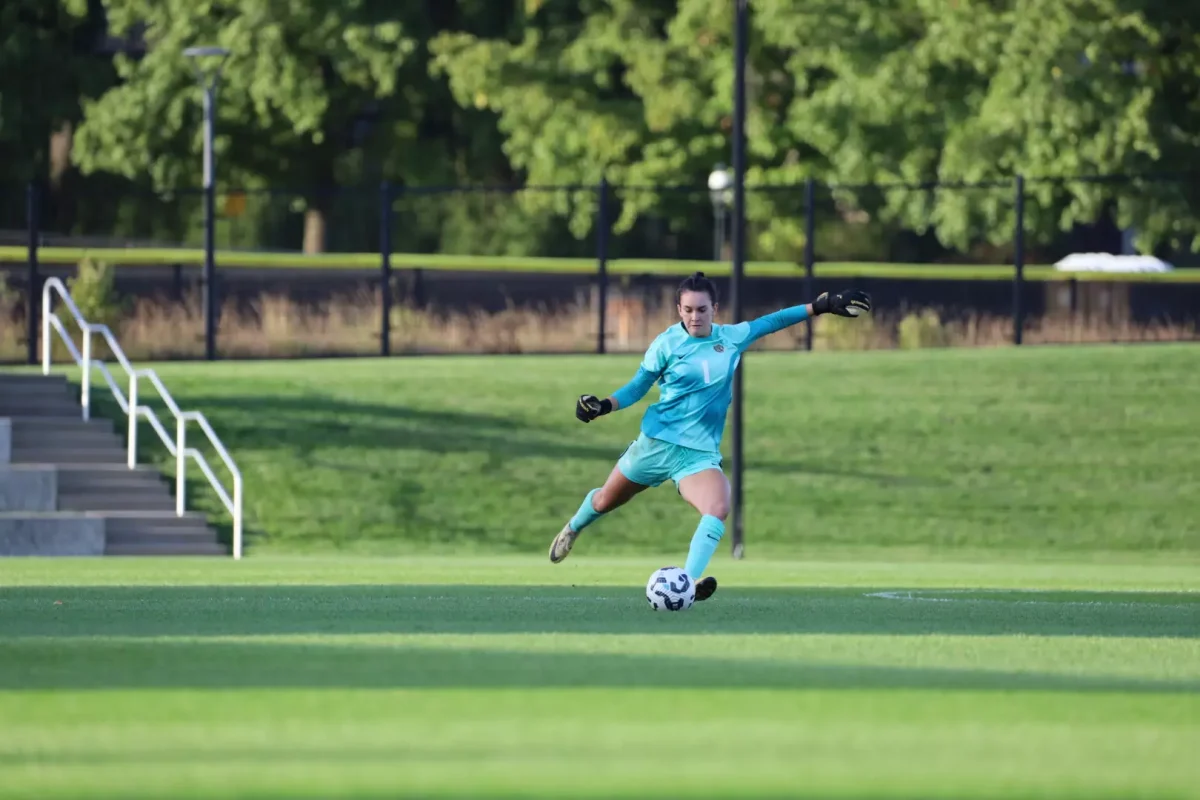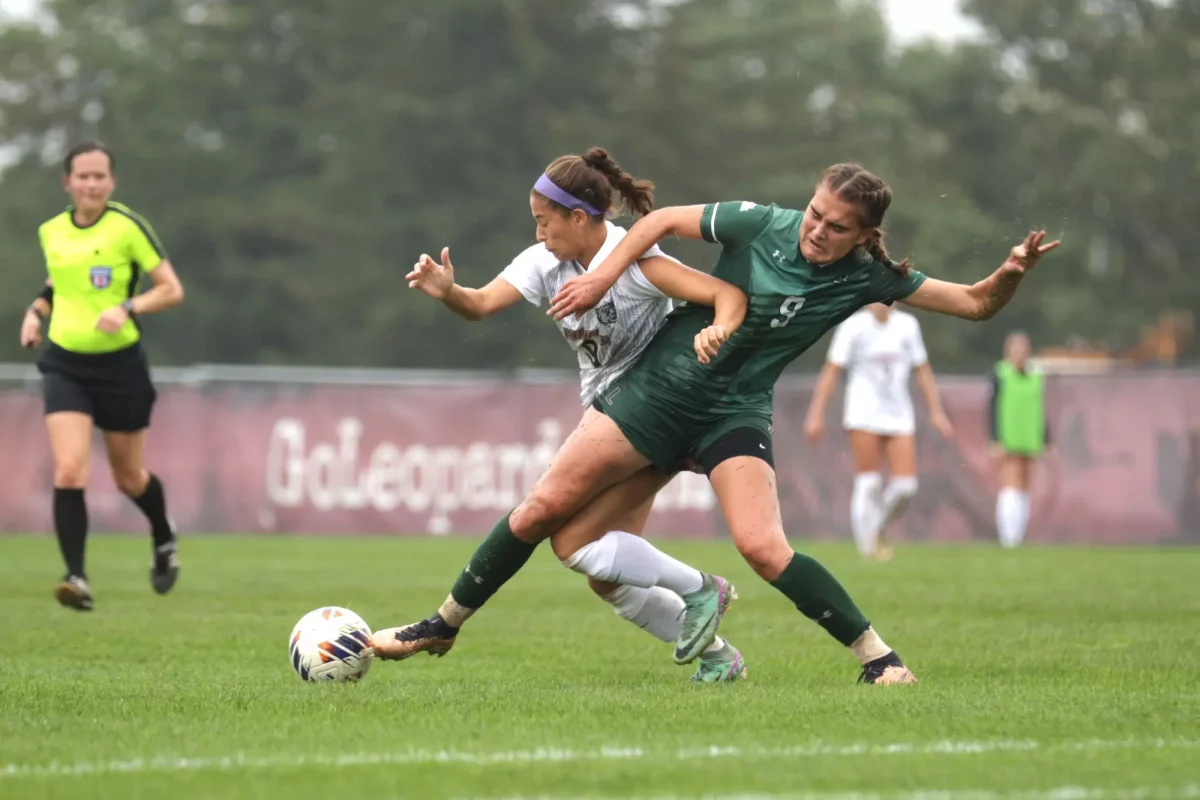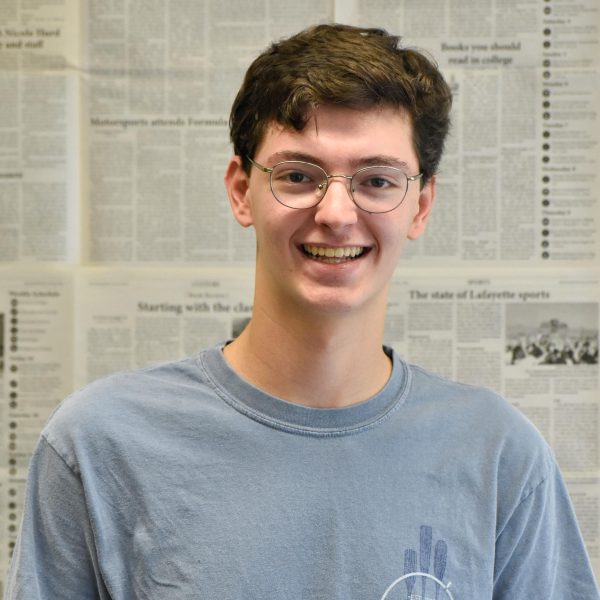With college football’s rivalry weekend wrapping up with flag-planting shenanigans and brawls on the field, only a couple weeks of the regular season remain before the College Football Playoffs begin.
However, this season’s FBS playoffs will see a revamped format take centerstage. After a decade of only four teams making the playoffs, 12 teams will now enter the playoff field.
The five highest-ranked conference champions earn automatic playoff spots, and the four highest-ranked earn 1st-round byes. The CFP selection committee votes on the rest of the field and the rankings that decide 1st-round byes.
Beginning Dec. 20 with the opening round, the new format includes a series of bowl games known as the New Year’s Six, involving the Cotton, Fiesta, Orange, Peach, Rose and Sugar Bowl games.
Prior to the creation of the 12-team format, the limited four-team selection from a large pool of potential contenders created significant controversy over who earned a spot in the Bowl games and the subsequent playoffs.
The expansion of the playoff pool is an attempt to mitigate that widespread controversy while also offering the opportunity for teams to host 1st-round games at their home stadiums, generating potentially electric atmospheres (and electric revenue).
The FBS consists of 10 conferences divided into two groups: The Power Five (with the decline of the Pac-12, it’s really the Power Four) and the Group of Five, with the former comprising the stronger conferences and the latter generally being less competitive.
Theoretically, the new format offers the Group of Five more opportunities to earn a bid into the playoffs.
However, the new format is not without its own controversies. Specifically, the 1st-round bye belonging to the top four ranked conference champions has provoked discussion about the challenges of the selection and ranking process.
A recent ranking from the selection committee placed Boise State, a Mountain West Conference team, in position to earn a 1st-round bye.
At 11-1, Boise State has been dominant all year, led by Heisman candidate Ashton Jeanty, who has put up historic numbers at running back this season. Jeanty and Boise State have captivated a national audience, but they are not a Power Four conference, drawing the ire of the Big-12 who were sidelined in the tentative rankings.
“I see no rationale for the Big 12’s champion not getting a 1st-round bye,” Big-12 commissioner Brett Yormark told Yahoo Sports “From a strength-of-schedule standpoint, all four of our schools at the top of the standings are ranked ahead of Boise State.”
Yormark’s criticisms reflect a larger argument about the strength of schedule debates that impact the selection process.
Power Four teams would argue that the champions from their respective conferences faced football powerhouses all season long and should undoubtedly earn a 1st-round bye.
Group of Five conferences would argue that you can only play the opponents in front of you, and teams like Boise State should not be punished for winning against so-called lesser teams when that is just the nature of their schedule.
Regardless of how the final bracket shapes up, the CFP selection committee will likely deal with considerable backlash.
In a sport that just saw the infamous Ohio State-Michigan rivalry game result in an all-out fistfight on the field following Michigan’s upset win, it seems a little silly to have all this bickering over strength-of-schedule arguments.
All signs indicate that 2025 will see the 12-team format expand to 14 teams. There might not be a clear-cut solution that keeps all parties happy — outright eliminating the 1st-round bye likely would not do the trick — but it will still be back to the drawing board for the CFP.
























































































































Ur roommate • Jan 17, 2025 at 12:12 pm
Yo Benjamin when u moving in lmk